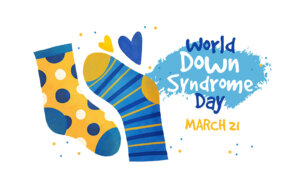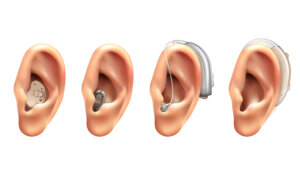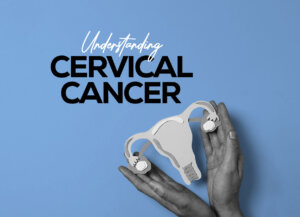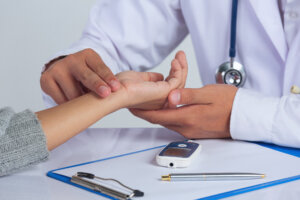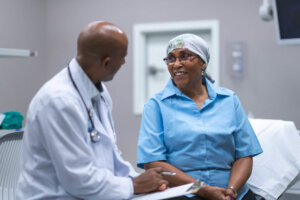
Leprosy also known as Hanson’s disease, named after the scientist who discovered M. leprae in 1873 is an infectious disease that causes severe disfiguring skin sores and nerve damage in the arms, legs, and skin areas around the body. Leprosy has been around since ancient times. Outbreaks have affected people on every continent.
Leprosy is not that contagious; you can contract it only if you come into close and repeated contact with nasal and mouth droplets from someone with untreated leprosy. Children are more likely to get leprosy than adults.
Today, about 208,000 people worldwide are infected with leprosy, according to the World Health Organization, most of them in Africa and Asia.

CAUSES OF LEPROSY
Leprosy is caused by a slow-growing type of bacteria called Mycobacterium leprae (M. leprae).
It is not clear exactly how leprosy is transmitted. When a person with leprosy coughs or sneezes, they may spread droplets containing the M. leprae bacteria that another person breathes in. Close physical contact with an infected person is necessary to transmit leprosy. It is not spread by casual contact with an infected person, like shaking hands, hugging, or sitting next to them on a bus or at a table during a meal.
Pregnant mothers with leprosy cannot pass it to their unborn babies. It is not transmitted by sexual contact either.
SYMPTOMS OF LEPROSY
Unfortunately, the early signs and symptoms of leprosy are very subtle and occur slowly (usually over years). The symptoms are like those that may occur with syphilis and tetanus. The following are the major signs and symptoms of leprosy:
- Numbness
- Loss of temperature sensation
- Reduced sensation
- Pain (joints)
- Nerve injury
- Weight loss
- Blisters and/or rashes
- Ulcers, relatively painless
This long-term developing sequence of events begins and continues the cooler areas of the body (for example, hands, feet, face, and knees)
- Skin lesions of hypopigmented macules (flat, pale areas of skin that lost color)
- Eye damage (dryness, reduced blinking)
- Large ulcerations
- Hair loss i.e., loss of eyebrows
- Loss of digits
- Facial disfigurement i.e., loss of nose


PREVENTION OF LEPROSY
There is no commercially available vaccine available to prevent leprosy. However, there are reports that using BCG vaccine alone, the BCG vaccine along with heat-killed M. leprae organisms, and other preparations may be protective, help to clear the infection or possibly shorten treatment. Except for BCG being obtainable in some countries, these other preparations are not readily available.
- Prevention of contact with droplets from nasal and other secretions from patients with untreated M. leprae infection is currently the most effective way to avoid the disease.
- Treatment of patients with appropriate antibiotics stops the person from spreading the disease. People who live with individuals who have untreated leprosy are about eight times as likely to develop the disease, because investigators speculate that family members have proximity to infectious droplets. Leprosy is not hereditary, but recent findings suggest susceptibility to the disease may have a genetic basis.
TREATMENT OF LEPROSY
Contrary to what people believe, leprosy can be cured. In the last 2 decades, 16 million people with leprosy have been cured. The World Health Organization provides free treatment for all people with leprosy.
Treatment depends on the type of leprosy that you have. Antibiotics are used to treat the infection. Doctors recommend long-term treatment, usually for 6 months to a year. If you have severe leprosy, you may need to take antibiotics longer. Antibiotics cannot treat the nerve damage that comes with leprosy.

Multidrug therapy (MDT) is a common treatment for leprosy that combines antibiotics. That means you will take two or more medications, often antibiotics.



